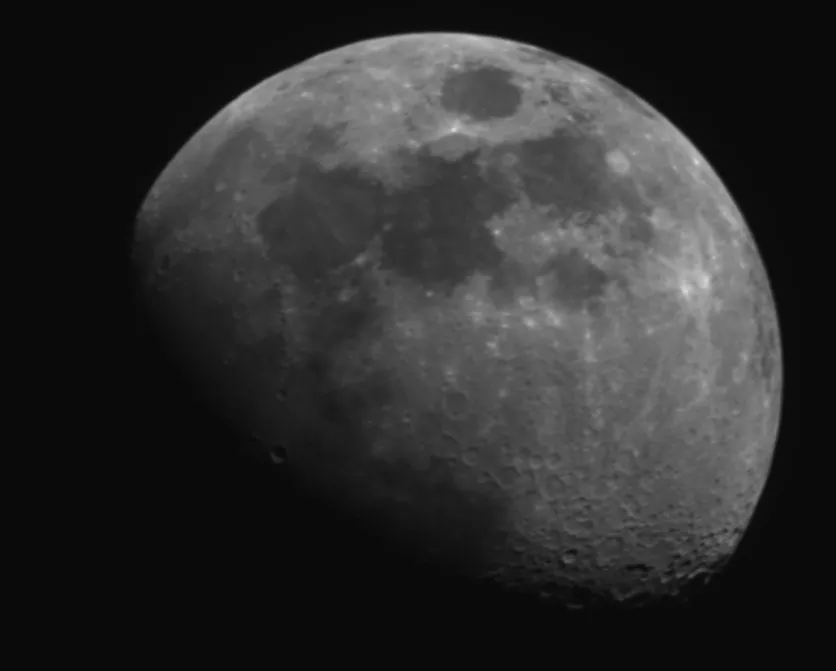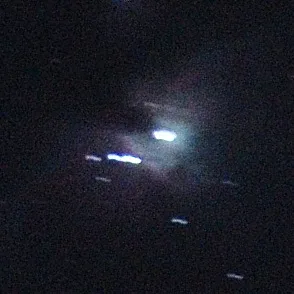Astrojournal - Orion Nebula
This is a part of my #AstroJournal, documenting my foray into #astrophotography.
Observing Session 2025-03-08
New Equipment
Lots of new equipment joined the party this time.
A red light head band - Very helpful to minimize disturbing the dark adaptation of my eyes while actually being able to see the #$%^ camera controls.
Convertable mittens - Helps to keep my hands warm while allowing me to use my fingers for those #$%^ camera controls.
Celestron Alt-Az mount and tripod - better tripod and with the Alt-Az controls, lets me make fine adjustments to track objects during bouts of short exposures.
This brings my total Astrophotography expenditures to $165.73
You might be wondering why I didn't go ahead and step up to a star tracker equitorial. There are three reasons. One, I am not ready (quite yet) for the cost. This Celestron mount and tripod cost me $90. Two, I am not (yet) ready for the time commitment to polar align my rig. And Three, I can't see Polaris from my back yard and I am not (yet) ready to have to go somewhere every time I want to do astrophotography.
New Techniques
Through the radical process of actually reading the owners manual for the camera (I know, I know, sorry), I figured out how to do three things.
- Use live view for focusing.
- Use magnification in live view for focusing.
- How to change the ISO rating in manual mode without diving through the menus.
The Weather
At just around freezing, it wasn't that cold, but with the 10-15 mph winds it definitely felt cold. The gloves helped a lot to keeps my hands from going numb.
The seeing was pretty bad. The stars has a very strong shimmer when slightly out of focus.
But I figured it was worth the effort to get a session in to practice the new techniques and use the new equipment so I was more comfortable when conditions were better.
The Plan
Since I learned how accessible the Orion Nebula was (in terms of brightness), I've been determined to get a decent photo before it leaves for the season.
The plan was to use 3 second exposures at ISO 1600 and 300 mm f/6.3
The Session
I went out shortly after sunset to see if I could spot Mecury in my 10x50mm binoculars. No luck. My Western horizon is pretty messed up with trees etc, so, oh well.
Back inside to wait an hour for what passes as darkness around here.
Primary target
Getting the tripod set up and the camera attached was easy enough, but then figuring out how to slew the mount close the target took a bit of figuring out.
I hadn't thought through the fact that the wormgears on the slow-motion controls would have range limits and would need to be managed. Okay fine. Something to add to the pre-flight check list - move them to the center of their travel. This is why we practice in iffy weather so we don't waste time in great weather.
I set the ISO/Shutter/Aperture, entered live mode and see ... nothing. After a bit of slewing around I find Rigel and commence to zoom and focus. I moved back to the sword and wandered around a little bit. I actually had to end live view and use the viewfinder to confirm the pointing.
Time for some exposures. Turns out I can't trigger the IR remote with my fingers covered. Sigh. Fine.
I take 10 exposures, and go back to live view to re-center. This worked really well. Was much quicker than loosening the ball head on my old tripod and trying to keep the target in the frame - much less say center it.
Rinse, repeat. I got 40 x 3s exposures. Why not more ? I'm still learning to stack and process. This was enough for now.
The Moon
After finishing the Orion Nebula, the moon sitting so close to Mars made too good a target to pass up.
I got lined up on the Moon much more easily than the first time (learning!) and went to live view to focus ... aaaannnddd ... couldn't get it to focus. Did my best and took a few shots just to see what happened.
In hindsight, I think I had the shutter speed too slow and it was blowing out the image. I had set it 1/125 and it probably needed to be more like 1/250 or 1/400 .
Image Processing
Moon
When I got the images off the camera, I was pleasantly surprised to find that the lunar shots actually looked pretty decent! Not sure what was going on with the live view. I had taken 37 shots so time to stack!
I wound up stacking 19 of the frames as the others where (according siril) not good.
(19 of 37 frames 300mm 1/125s f/6.3 ISO 200)

I quite like it! Though I guess I'll have to actually figure out how to "process" this stuff now. It is very soft. Looking at the frames, there is more detail to bring out - especially near the terminator.
Orion Nebula
Hmmmm ... even 3 second exposure gives significant trailing. Well, okay. The 500 rule kinda told me that, but I had to try anyway :)
I guess we walk down to 1 second exposures next time.
(crop 240mm ISO 1600 3s f/6.3)

Progress!